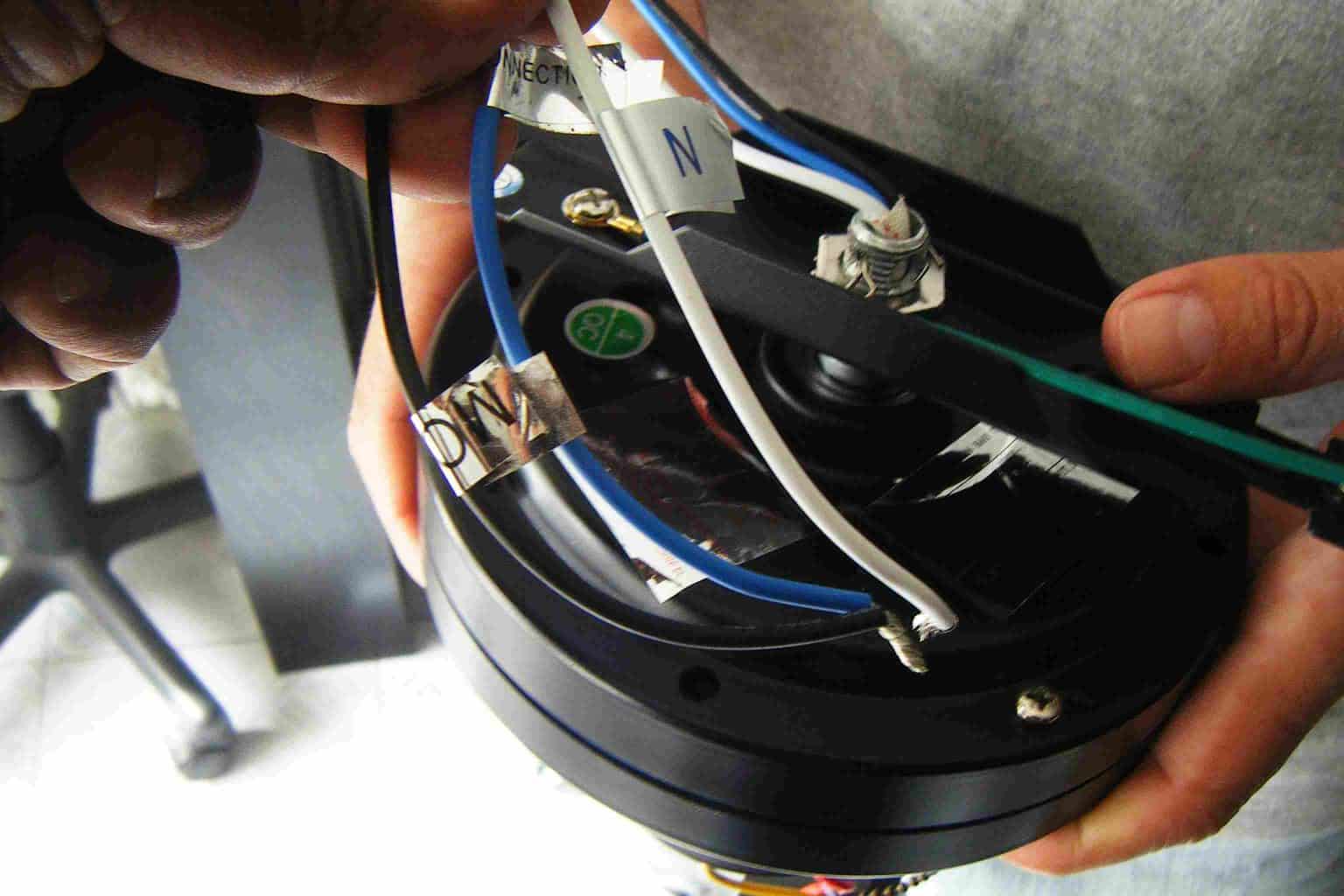

Articles
What Is The Blue Wire For On A Ceiling Fan
Modified: May 6, 2024
Learn about the purpose of the blue wire on a ceiling fan in this informative article. Discover how it affects the fan's functionality and wiring process.
(Many of the links in this article redirect to a specific reviewed product. Your purchase of these products through affiliate links helps to generate commission for Storables.com, at no extra cost. Learn more)
Introduction
Ceiling fans are a common feature in many homes, providing both comfort and style. These fixtures have various electrical components that work together to operate the fan and its accompanying light kit. One important wire that you may come across when installing or troubleshooting a ceiling fan is the blue wire.
The blue wire serves a specific purpose in the electrical system of a ceiling fan and understanding its function is crucial for a successful installation or repair. In this article, we will delve into the mysteries of the blue wire and explain why it is an essential component of your ceiling fan.
Key Takeaways:
- The blue wire in a ceiling fan serves as the neutral wire, completing the electrical circuit and ensuring safe and efficient operation of the fan and its light kit.
- Proper connection of the blue wire, regular inspection, and seeking professional assistance when needed are crucial for addressing common issues and keeping your ceiling fan operating smoothly.
Read more: What Size Wire for a Ceiling Fan
The Purpose of the Blue Wire
The blue wire in a ceiling fan typically represents the neutral wire in the electrical circuit. In simple terms, the neutral wire acts as a return path for the electrical current flowing through the fan. It completes the circuit and provides a pathway for the electricity to return to the power source.
When you turn on your ceiling fan or its light kit, the electrical current flows from the power source through the hot wire (usually black or red) to the fan motor or light fixture. Once it has delivered the necessary energy to power the fan or lights, the current needs to find its way back to the power source. This is where the blue wire comes into play.
By connecting the blue wire to the neutral wire in the electrical system, the current is able to complete its journey and return to the power source, effectively closing the circuit. This ensures that the fan operates safely and efficiently.
It is important to note that not all ceiling fans may have a blue wire. Older models or simpler setups may not require a separate neutral wire and instead rely on alternate wiring configurations. However, for modern ceiling fans with built-in light kits and advanced features, the blue wire is typically present.
Understanding Electrical Wiring in Ceiling Fans
Before delving further into the intricacies of the blue wire, it’s important to have a basic understanding of electrical wiring in ceiling fans. Ceiling fans are wired using a combination of electrical cables and wires to deliver power from the source to the fan motor and any attached light fixtures.
The main components of a ceiling fan wiring system include the hot wire, neutral wire, and ground wire. The hot wire carries the electrical current from the power source to the fan and light, while the neutral wire provides the return path for the current. The ground wire is responsible for grounding the electrical system to prevent shocks or electrical malfunctions.
Ceiling fans are typically connected to the electrical system using a ceiling fan box. This box serves as a secure and stable connection point and provides space to hide and organize the wires. Inside the ceiling fan box, you will find the necessary wire connections, including the blue wire, which is crucial for the proper operation of the fan and its associated features.
It’s essential to follow the manufacturer’s instructions and local electrical codes when wiring a ceiling fan. If you’re unsure about your wiring skills, it’s always best to consult a licensed electrician to ensure a safe and proper installation.
Moreover, it’s worth mentioning that electrical work should only be performed with the power turned off. Before starting any wiring or installation process, turn off the circuit breaker that supplies power to the area where you will be working. This helps prevent accidents and electrocution.
The blue wire on a ceiling fan is typically used to connect the fan’s light kit. If you are installing a ceiling fan with a light, make sure to connect the blue wire to the corresponding wire in the ceiling.
Connection Options for the Blue Wire
When it comes to connecting the blue wire in a ceiling fan, there are a few different options depending on the specific wiring configuration and the features of your fan. Here are some common connection options:
- Connecting to the ceiling electrical box: In most cases, the blue wire will be connected to the neutral wire inside the ceiling electrical box. This involves matching the blue wire from the fan to the white or gray wire from the electrical box. This connection ensures the proper completion of the electrical circuit.
- Using a wire connector: Another option is to use a wire connector to join the blue wire from the fan with the neutral wire from the electrical box. Wire connectors, also known as wire nuts, provide a secure and insulated connection. Make sure to follow the manufacturer’s instructions and secure the wires tightly to ensure a reliable connection.
- Separate blue wire for light kit: Some ceiling fans have a separate blue wire specifically designated for connecting the light kit. This allows for independent control of the fan and light, as well as dimming capabilities. In such cases, you would typically connect the blue wire from the fan to the blue wire from the light kit. Again, consult the manufacturer’s instructions for specific wiring details.
- Consulting the wiring diagram: If you’re unsure about the wiring connections for your specific ceiling fan model, it is always recommended to refer to the wiring diagram provided by the manufacturer. The wiring diagram will outline the specific wiring instructions and help ensure a proper and safe connection of the blue wire.
It’s important to note that improper wiring connections can lead to malfunctions, electrical hazards, or damage to the fan and its components. Therefore, it’s crucial to double-check your connections and seek professional assistance if you’re uncertain about the wiring process.
Common Issues with the Blue Wire
While the blue wire plays a vital role in the electrical system of a ceiling fan, there are a few common issues that homeowners may encounter when dealing with this wire. It’s important to be aware of these issues in order to troubleshoot and resolve any problems effectively. Here are some common problems associated with the blue wire:
- Incorrect wiring connections: One of the most common issues is making incorrect connections with the blue wire. Mixing up the blue wire with other wires or not connecting it properly to the neutral wire can result in a fan that doesn’t function or operate correctly. Always refer to the manufacturer’s instructions or consult an electrician to ensure proper wiring connections.
- Short circuits: Short circuits can occur when the blue wire comes into contact with other wires or metal parts. This can cause a disruption in the electrical flow and result in the fan or lights not working. It’s important to ensure that the blue wire is properly insulated and secured to prevent any contact with other wires or surfaces.
- Loose connections: Over time, the connections between the blue wire and other wires may become loose, leading to a loss of electrical connection. This can cause flickering lights, intermittent fan operation, or a complete failure of the fan. Regularly inspect and tighten the connections to avoid this issue.
- Damaged or frayed wires: Physical damage to the blue wire, such as cuts, frays, or exposure of the inner conductors, can lead to electrical problems. Inspect the wire for any signs of damage and replace it if necessary. It’s important to handle electrical wiring with care to prevent any accidents or injuries.
- Incompatible wiring systems: In some cases, the blue wire in your ceiling fan may not be compatible with the wiring system in your home. This can be due to differences in wiring standards or older electrical systems that do not include a neutral wire. If this is the case, you may need to consult an electrician to explore alternative wiring options or choose a fan that is compatible with your electrical setup.
If you encounter any issues with the blue wire or are unsure about the wiring connections, it’s always best to seek professional assistance from a licensed electrician. They will have the expertise to diagnose and resolve any electrical problems to ensure the safe and proper functioning of your ceiling fan.
Read more: How To Wire A Ceiling Fan With 3 Wires
Conclusion
The blue wire in a ceiling fan serves a crucial role in completing the electrical circuit and ensuring the safe and efficient operation of the fan and its accompanying light kit. Understanding the purpose and proper connection of the blue wire is essential for a successful installation or troubleshooting process.
Whether you are installing a new ceiling fan or facing issues with an existing one, it’s important to follow the manufacturer’s instructions and consult local electrical codes. Properly connecting the blue wire to the neutral wire, using wire connectors when necessary, and referring to the wiring diagram provided by the manufacturer are important steps to ensure a safe and reliable electrical connection.
Common issues with the blue wire, such as incorrect wiring connections, short circuits, loose connections, damaged wires, or incompatible wiring systems, can hinder the functionality of the ceiling fan. Regular inspection, maintenance, and seeking professional assistance when needed will help address these issues and keep your ceiling fan operating smoothly.
Remember to always exercise caution when working with electrical wiring and, if you are not confident in your abilities, it is best to hire a licensed electrician to perform any installations or repairs.
In conclusion, the blue wire plays a vital role in the electrical system of a ceiling fan, ensuring the complete circuit and safe operation. By understanding its purpose, following proper wiring guidelines, and addressing common issues, you can enjoy the comfort and functionality of your ceiling fan for years to come.
Eager to tackle more household projects? If you're curious about upgrading your living space, our guide on ceiling fan installation where light fixtures once were provides practical steps to enhance your room's comfort and style. For those extending their handy skills into the garage, mastering electrical wiring is crucial. Our detailed instructions will help you safely run overhead wires to your garage. And if you're wondering why engaging in DIY projects is rewarding, our insights into the benefits of personal home improvements will surely inspire your next endeavor.
Frequently Asked Questions about What Is The Blue Wire For On A Ceiling Fan
Was this page helpful?
At Storables.com, we guarantee accurate and reliable information. Our content, validated by Expert Board Contributors, is crafted following stringent Editorial Policies. We're committed to providing you with well-researched, expert-backed insights for all your informational needs.
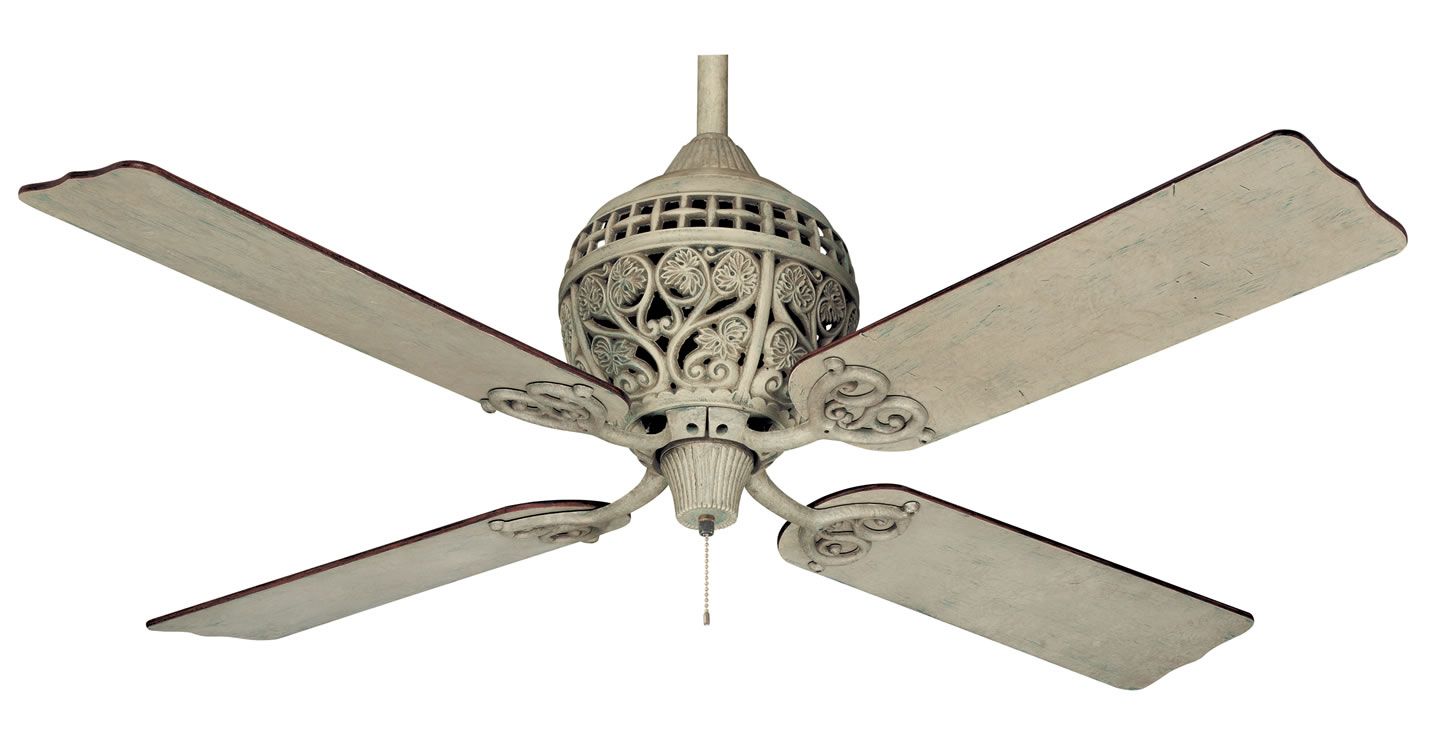
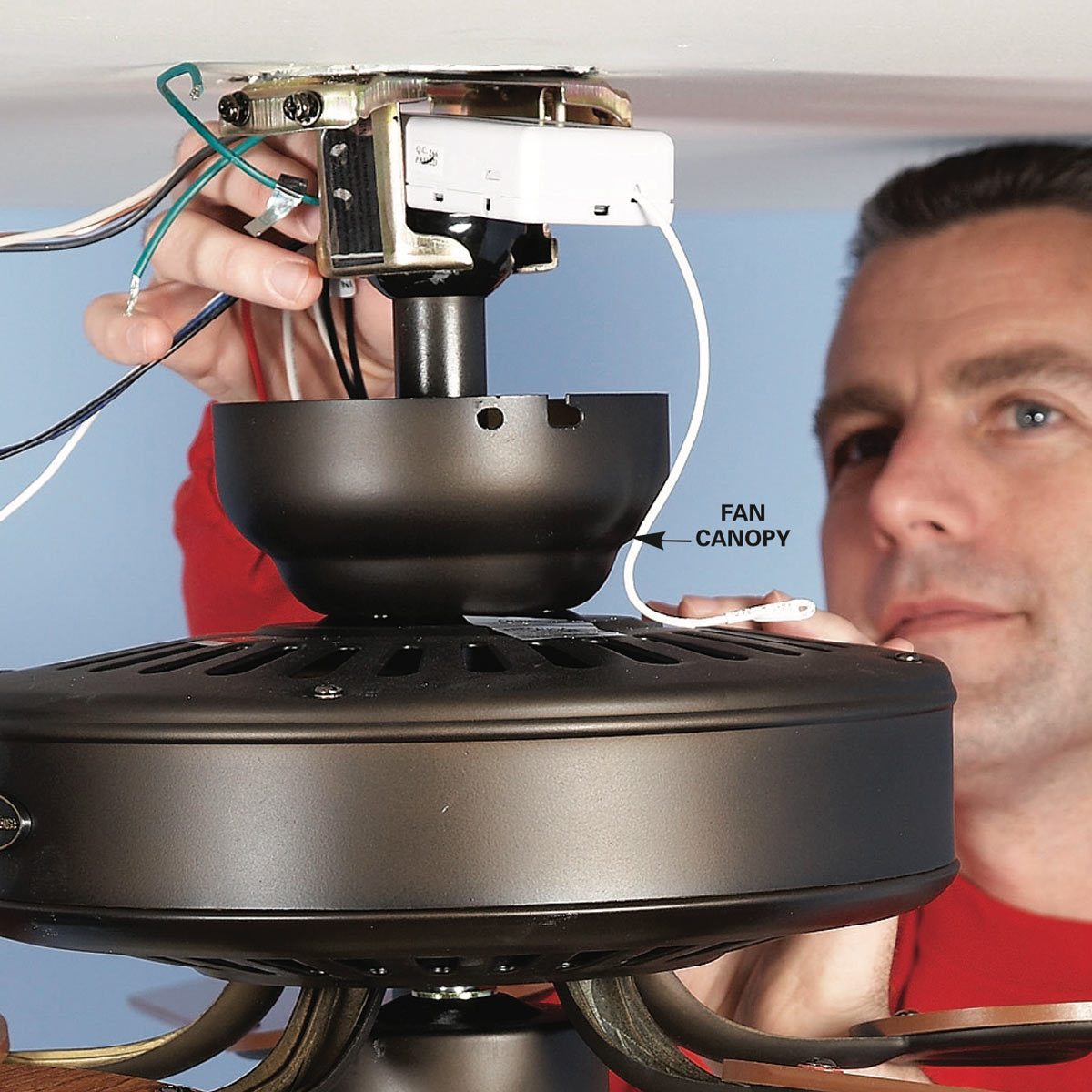
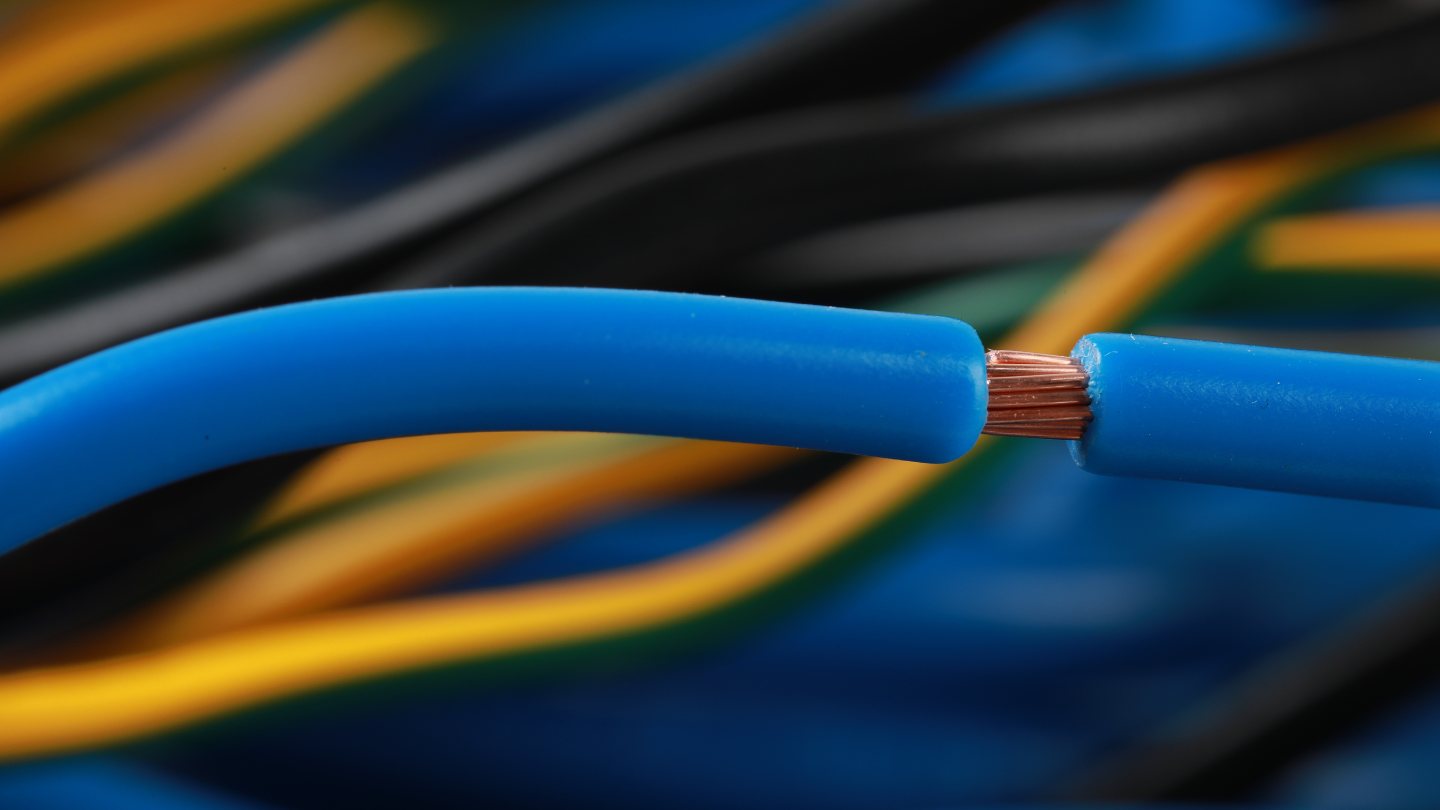
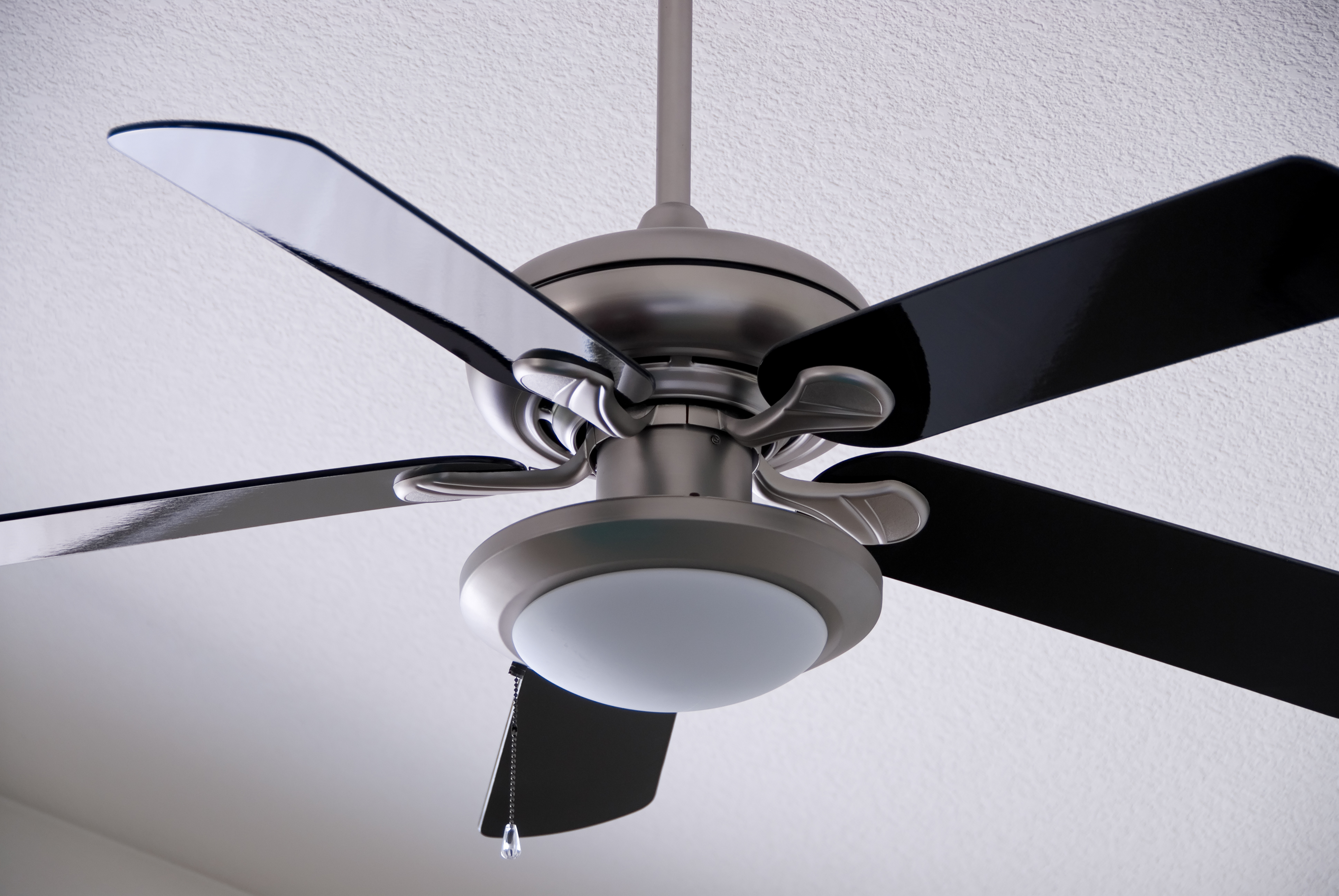
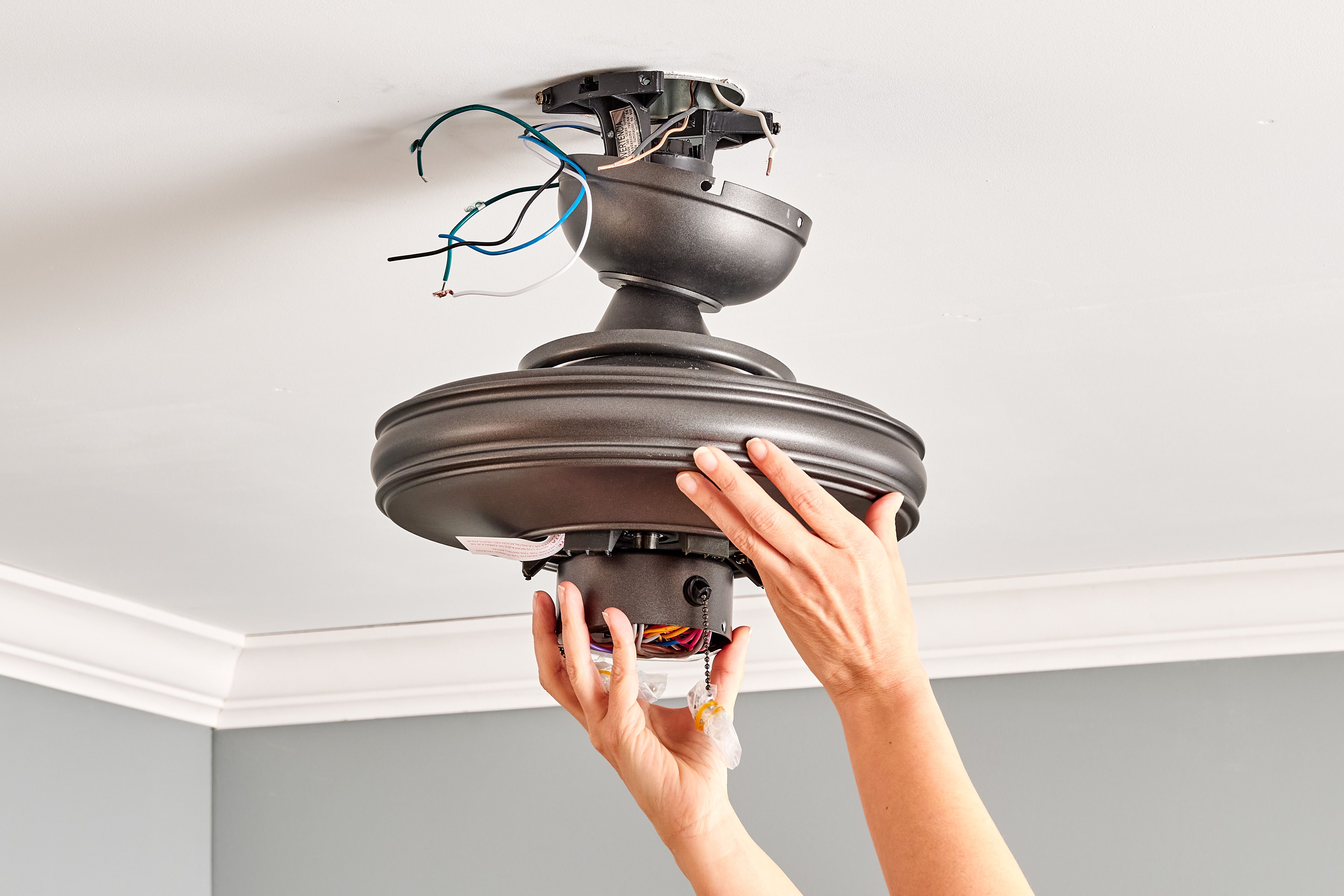
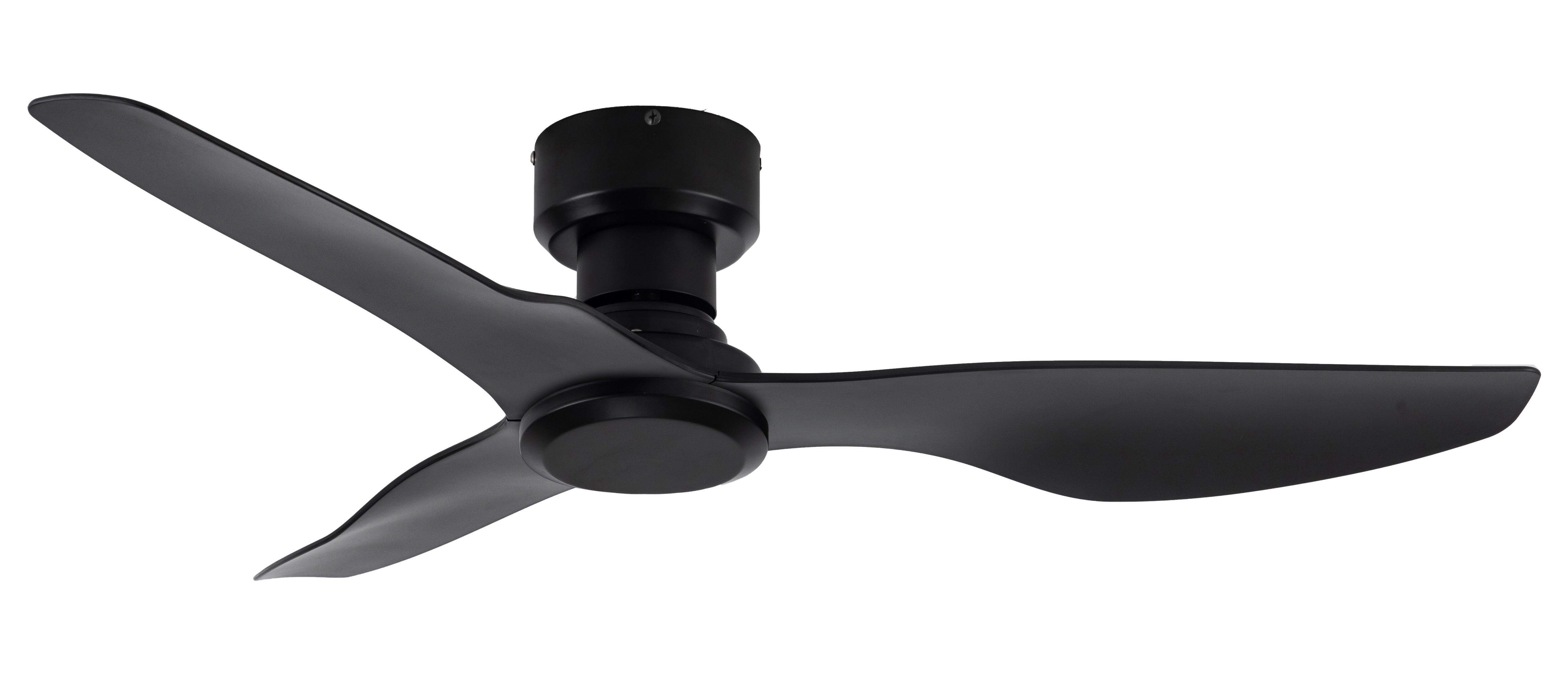
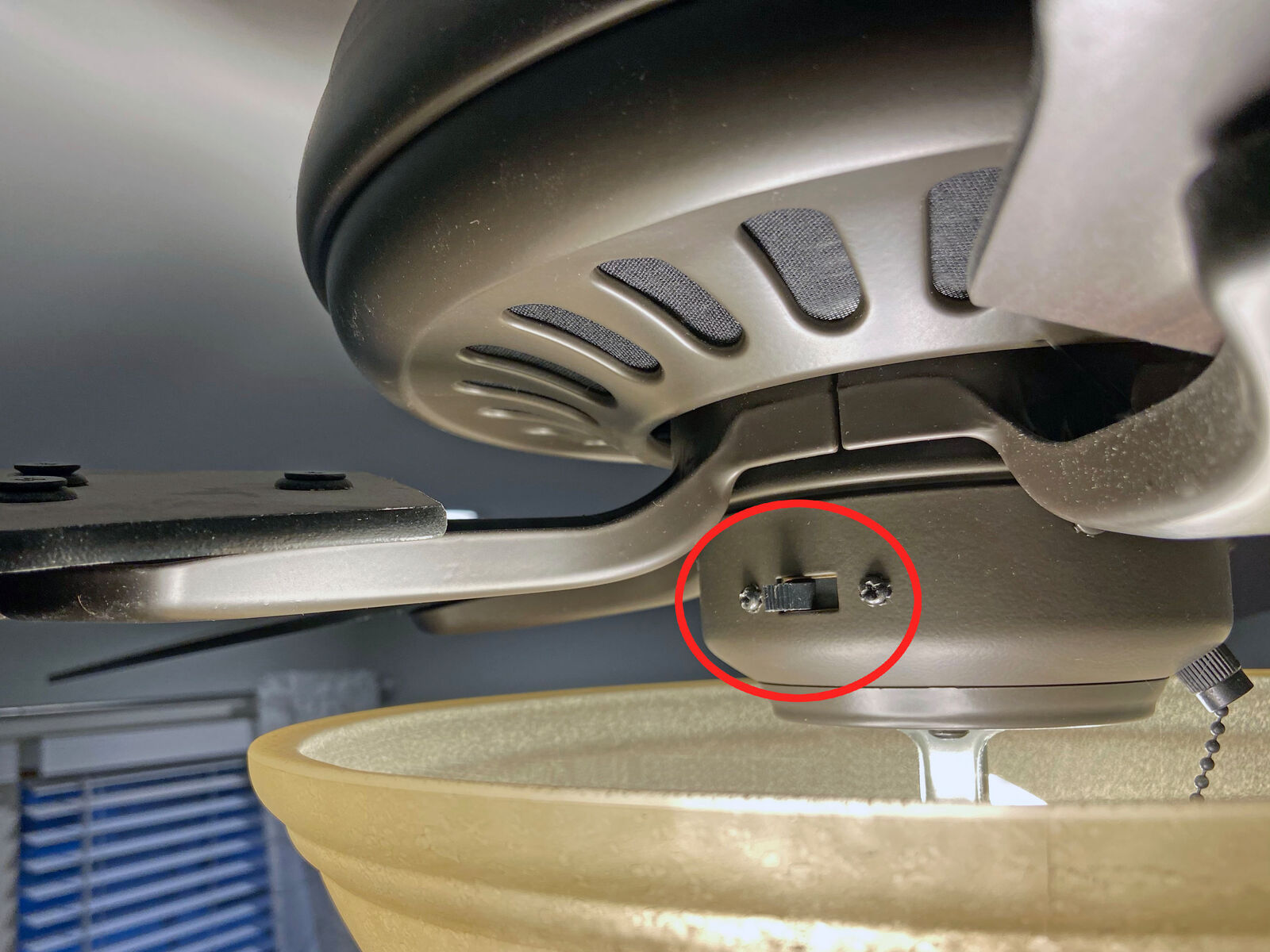
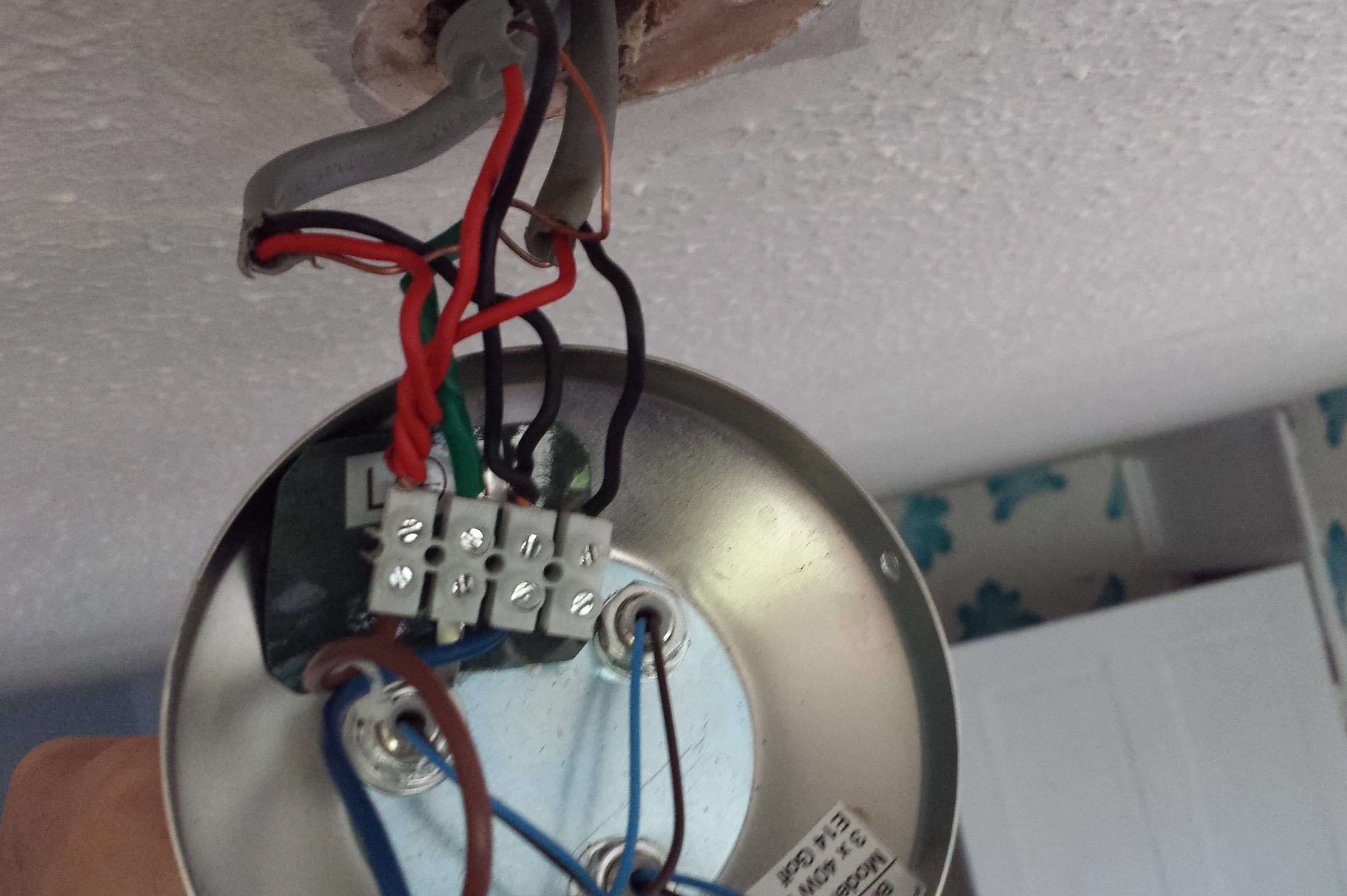
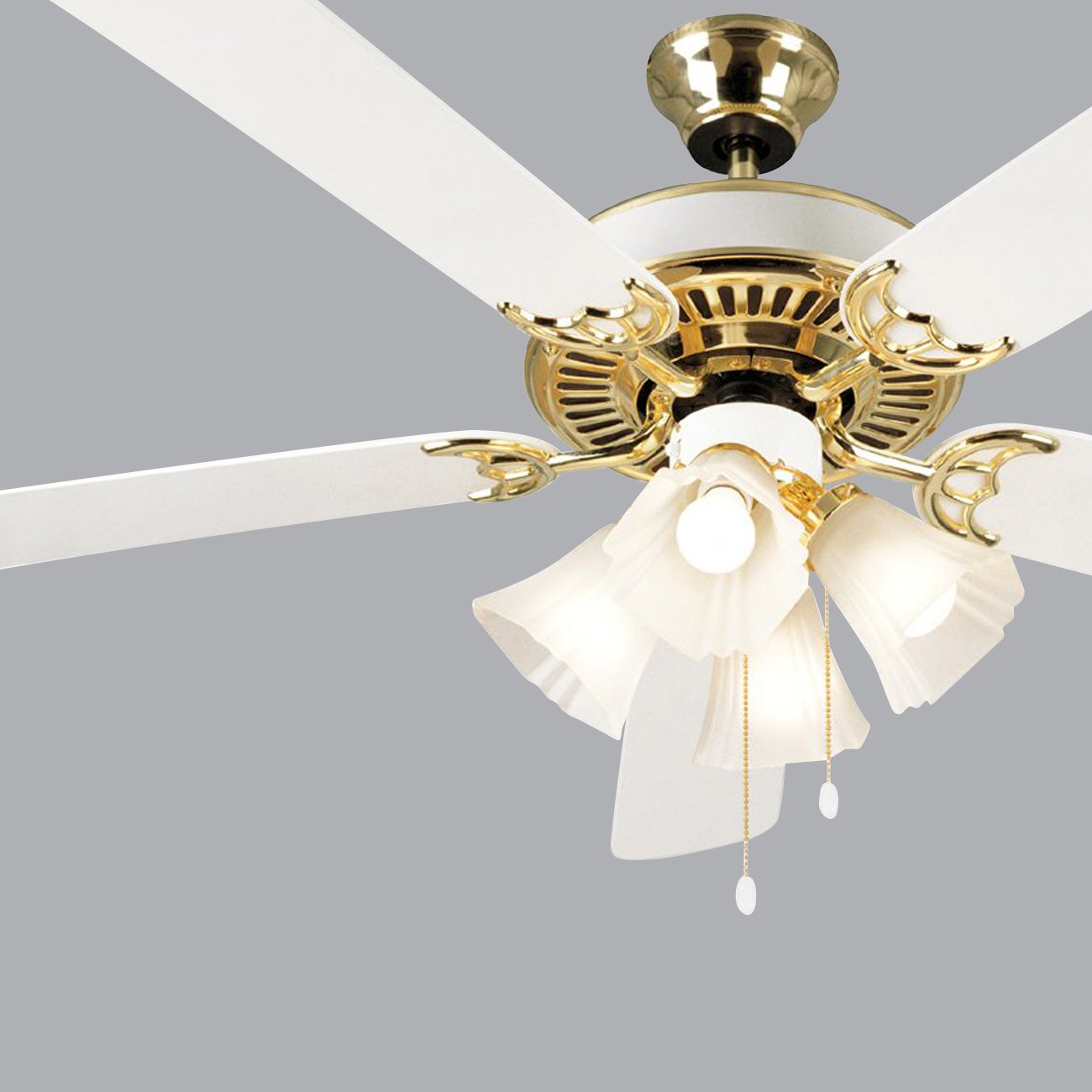

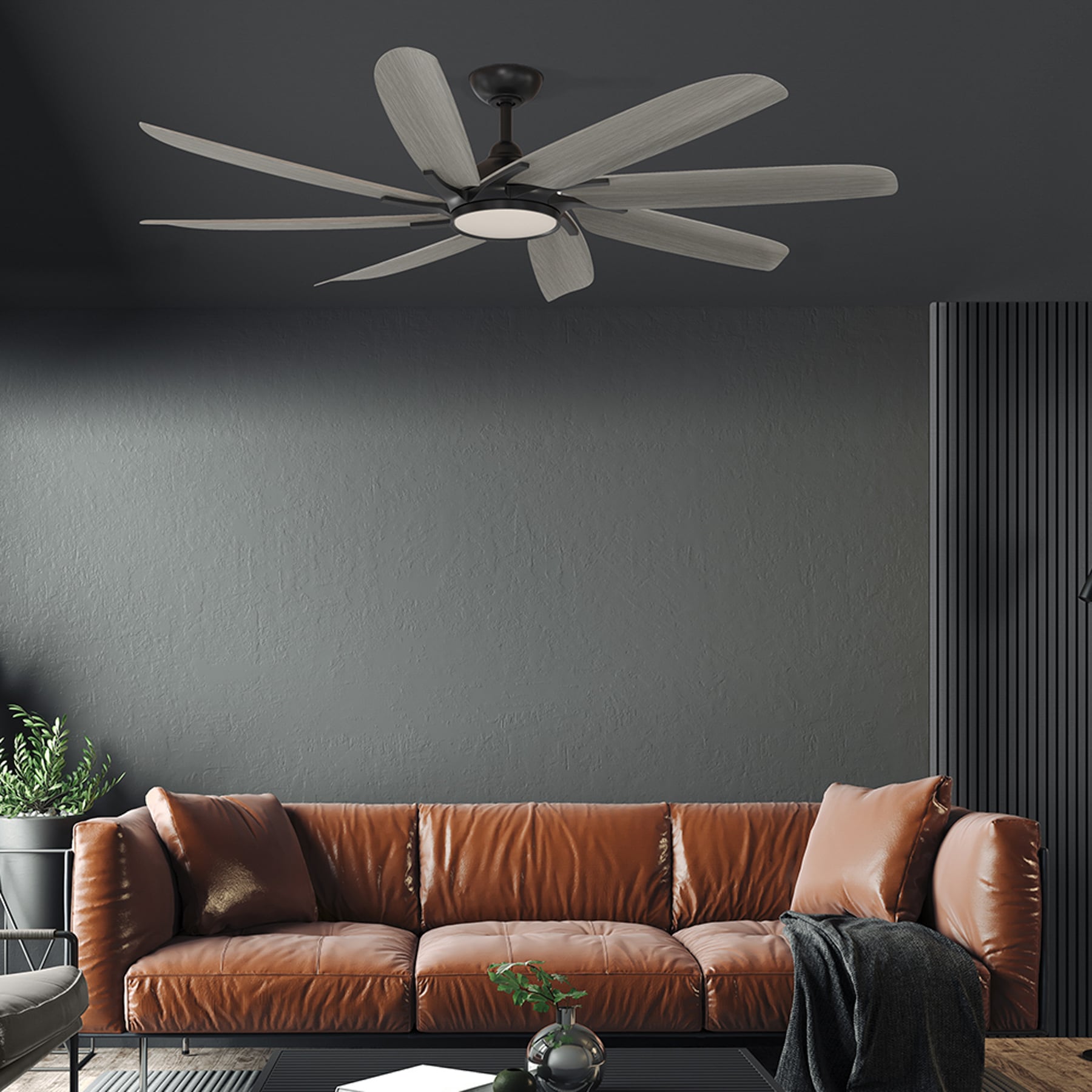
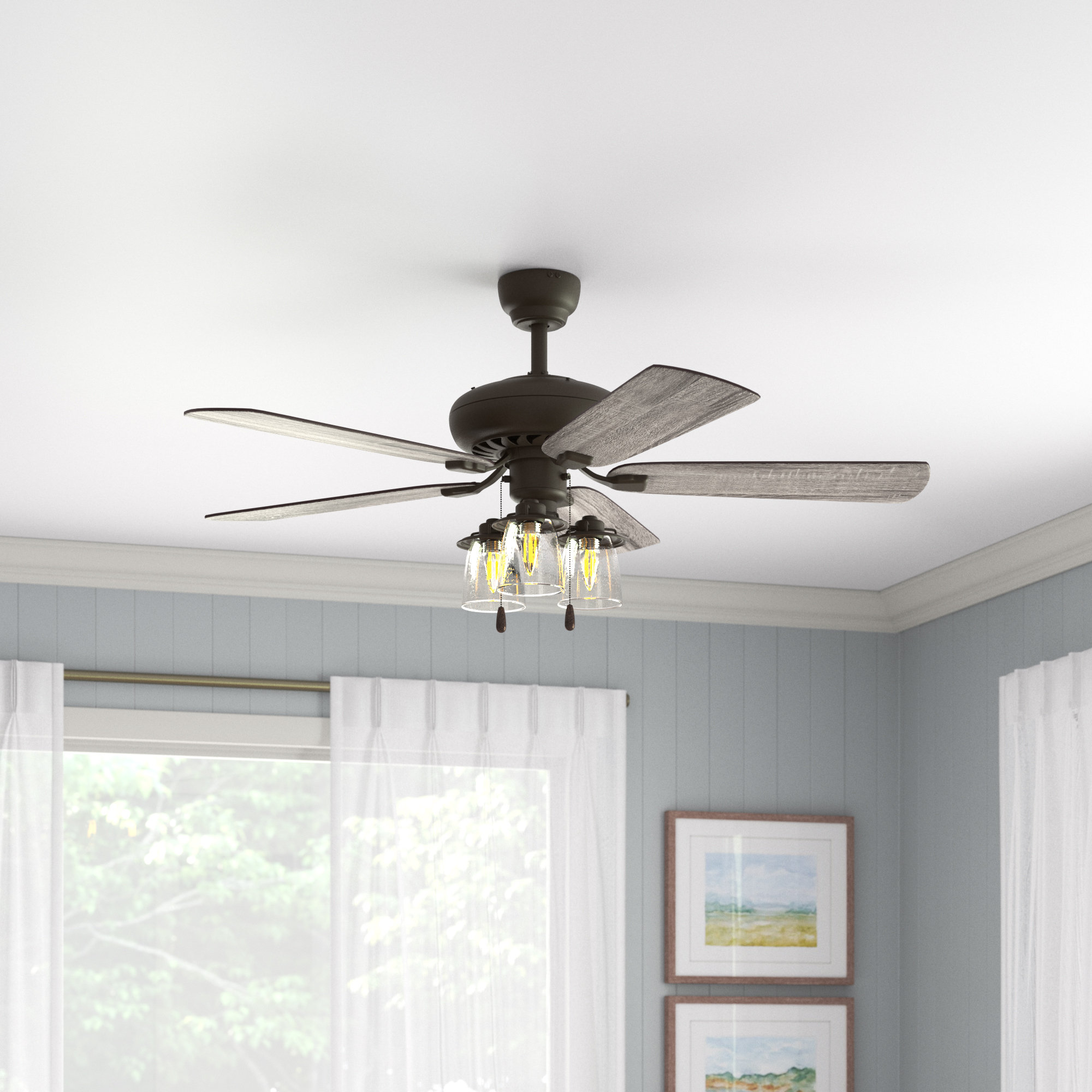

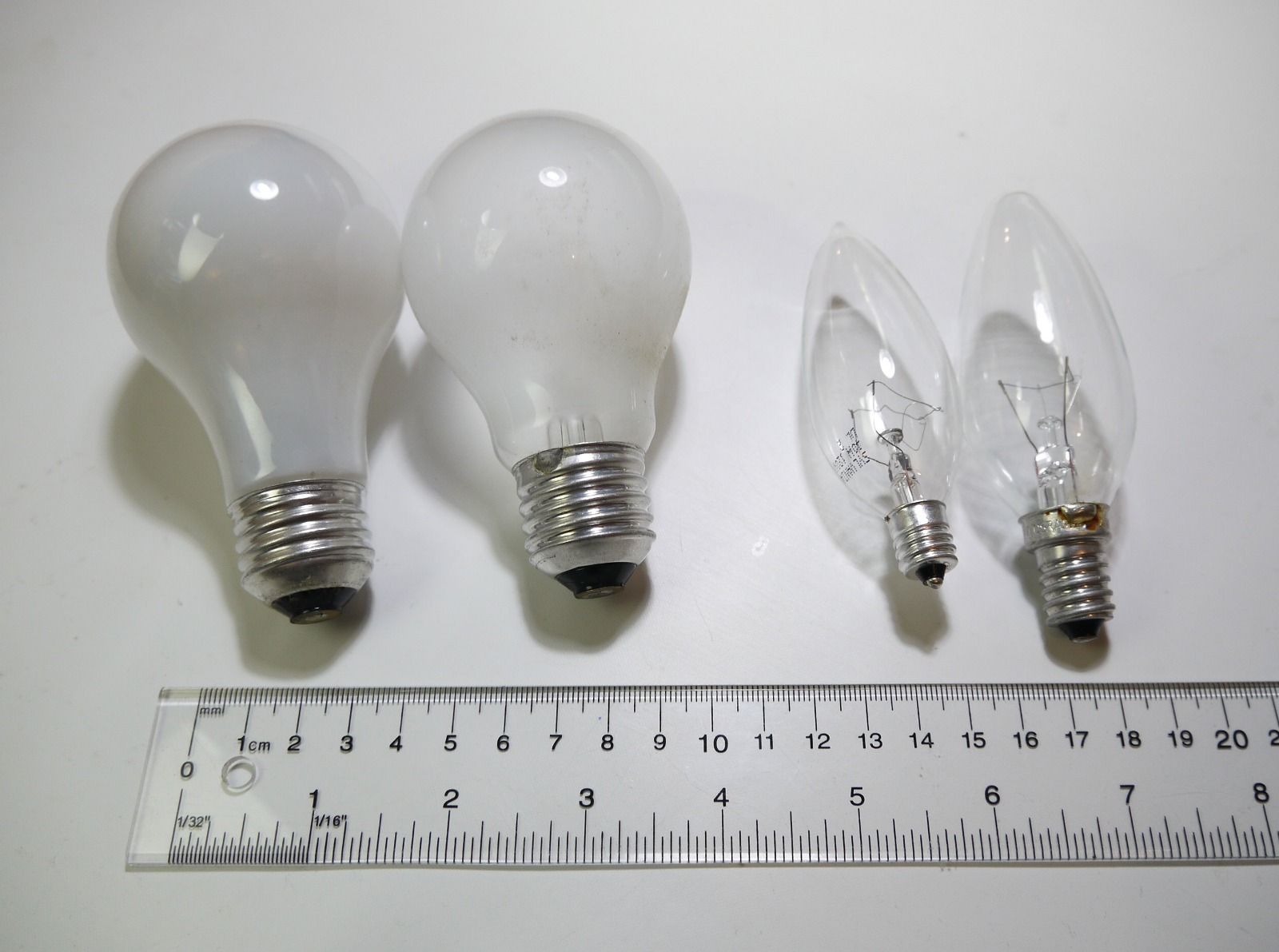

0 thoughts on “What Is The Blue Wire For On A Ceiling Fan”